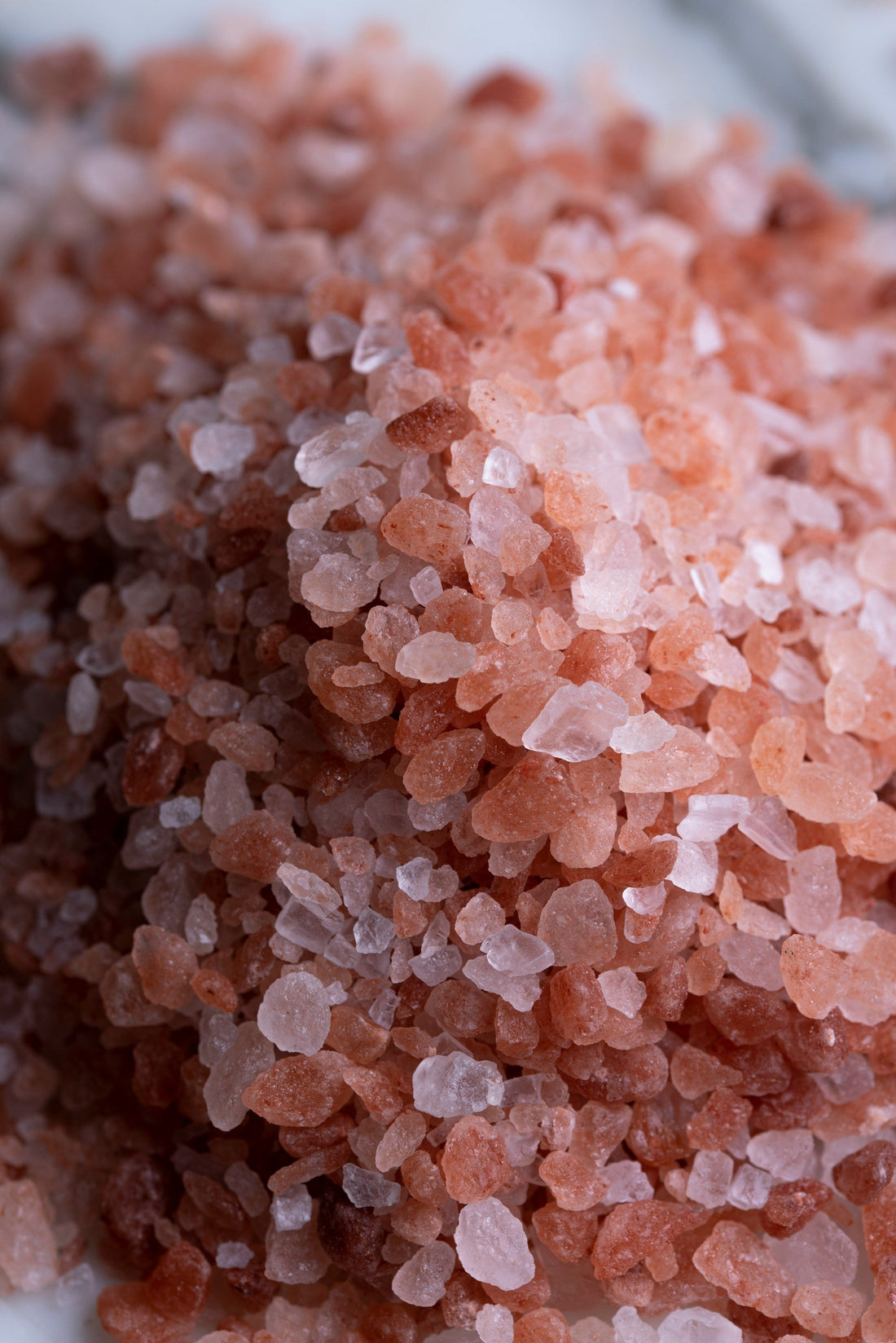
The Salty Secret to Wellness: Exploring Halotherapy and Salt-Based Self-Care
Share
Salt isn’t just for seasoning—it’s been a wellness staple for centuries, from ancient sea baths to miners thriving in salt caves. Today, that legacy shines through in practices like halotherapy and other salt-inspired rituals, including the ever-popular Himalayan salt lamps. These salty secrets promise everything from clearer lungs to calmer vibes. But what’s halotherapy really about, and how does it fit into the broader world of salt-based self-care? Let’s unpack the magic of salt and see how it’s shaking up wellness!
What Is Halotherapy?
Halotherapy—named from the Greek "halos" (salt)—is a therapy where you breathe in tiny salt particles to boost your respiratory and skin health. Imagine stepping into a tranquil "salt room," walls glistening with crystals, as a halogenerator whirs in the background. This clever device grinds pharmaceutical-grade salt into super-fine particles (1-5 micrometers) and disperses them into the air. For 30-60 minutes, you inhale this salty mist, letting it weave its way through your lungs and sinuses.
Inspired by 19th-century salt mine workers who boasted unusually healthy lungs, halotherapy recreates that natural cave vibe—low humidity, pure air, and salt’s healing touch. Fans swear it can:
-
Loosen mucus for easier breathing (think asthma or allergies).
-
Soothe inflamed airways or skin conditions like psoriasis.
-
Zap bacteria with salt’s natural antimicrobial powers.
-
Relax you with negative ions and a spa-like escape.
Science offers a tentative thumbs-up—small studies suggest relief for conditions like COPD, and salt’s mucus-thinning chops are legit (hello, saline sprays!). But big players like the American Lung Association say we need more proof to call it a game-changer. Still, at $20-$50 a session, it’s a low-stakes way to dip your toes into salt therapy.
Himalayan Salt Lamps: A Glow of Wellness
Now, let’s widen the lens to a salt-based favorite you might have at home: Himalayan salt lamps. These pink, chunky treasures, mined from Pakistan’s ancient salt deposits, double as décor and wellness tools. Heated by a bulb, they glow warmly, supposedly releasing negative ions to purify air, lift mood, or counter tech-related stress. They’re not halotherapy—no inhalable salt particles here—but they’re a cozy nod to salt’s broader self-care appeal.
The science? Slim. Studies on ionizers (not lamps specifically) show minimal air-cleaning perks, and any salt dust is too coarse to breathe in meaningfully. Yet, their ambiance ties them to salt’s holistic allure, reminiscent of a salt cave’s glow, making them a passive player in the salt-wellness game.
The Bigger Picture: Salt-Based Self-Care
Halotherapy and salt lamps are just the tip of the salty iceberg. Wet salt therapies—like soaking in Epsom salt baths or rinsing with saline—also draw on salt’s soothing, cleansing nature. Scrubs exfoliate, saltwater gargles ease sore throats, and even culinary salts like Himalayan pink claim trace mineral boosts. What unites them? Salt’s reputation as a natural healer—anti-inflammatory, antimicrobial, and grounding.
Halotherapy stands out as the active, inhalation-focused star, delivering salt straight to your lungs. Salt lamps and baths? They’re more about ambiance and skin-deep relaxation. Together, they form a spectrum of salt-based self-care, blending tradition with modern flair.
Why Salt Works
Salt’s wellness cred isn’t just hype. It’s hygroscopic (draws water), which could thin mucus in halotherapy or hydrate skin in a bath. Its antimicrobial edge fights germs, and negative ions—whether from a salt room or lamp—might subtly lift your mood (though science debates this). Halotherapy leans on these traits deliberately; other salt practices sprinkle them in more casually.
Which Salty Path Should You Take?
Craving clearer breathing or a spa-day vibe? Halotherapy’s your targeted ticket—perfect for respiratory woes or curiosity. Already got a salt lamp? Let it glow—it won’t mimic a salt room but adds a chill, salty touch to your space. Feeling adventurous? Try a salt bath or scrub to round out the experience. Whether you’re inhaling, glowing, or soaking, salt’s ancient charm keeps finding fresh ways to season our well-being. Ready to get a little salty?